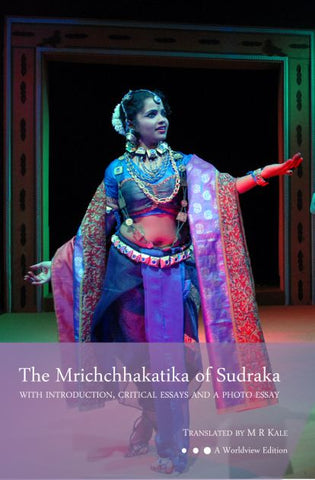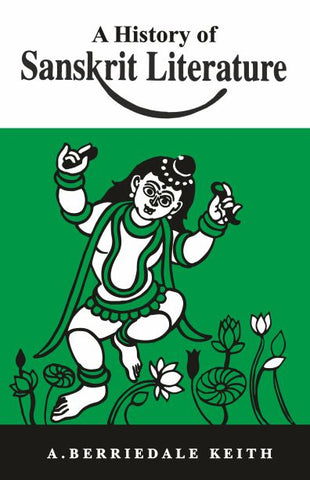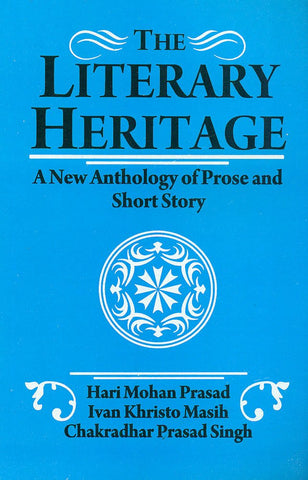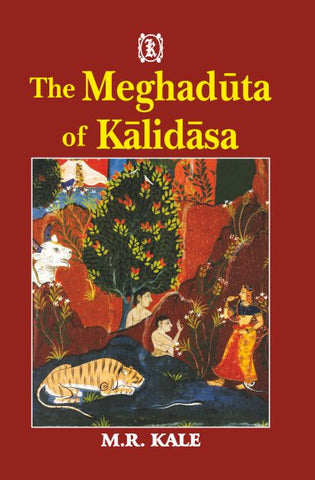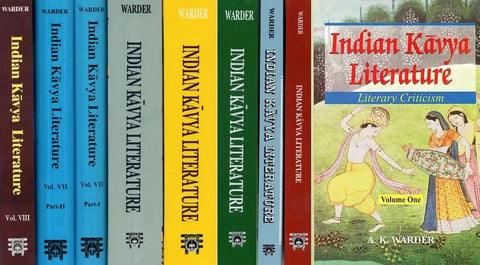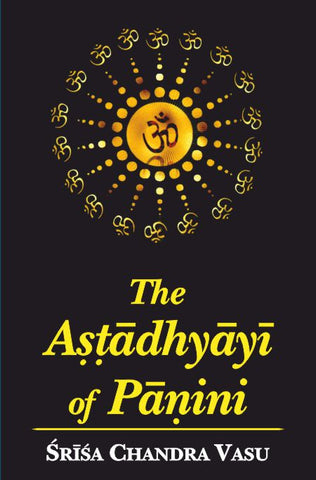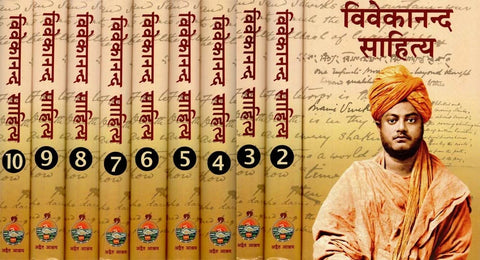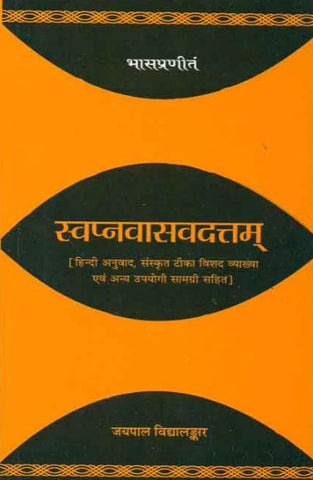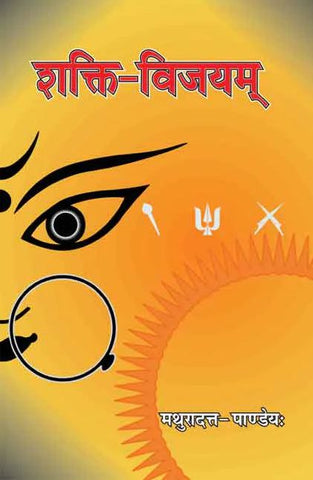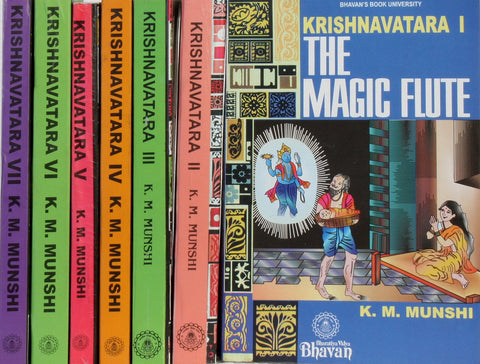Your cart is empty now.
The project on Asia in the Core Curriculum began in 1984 to support the introduction of material on Asia into the core curricula of undergraduate institutions throughout the country. Three "Guides for Teaching" are the result of dialogue between Asian specialists and colleagues specializing in the Western tradition who most often teach the introductory, general education courses in the various academic disciplines. No attempt has been made to stress Asia at the expense of the West. The purpose of the made to identify themes, texts, and comparative concepts that provides avenues of entry for Asian material into core courses in history, literature, and the social sciences. We asked: "How can core courses focusing primarily on Western culture, tradition, and canon be enhanced by reference to Asian traditions?" and "Which aspects of the rich and varied Asian traditions should be brought to the attention of students?" The guides are entitled: Asia in western and World History, Masterworks of Asian Literature in Comparative Perspective, and Asia: Case Studies in the Social Sciences. The approximately forty essays by leading specialists in each volume suggest a range of possibilities for introducing material on Asia. The essays are arranged to provide the widest choice of approaches to meet the reader’s pedagogical needs. While each of the guides is a discrete publication, together they from a series that facilitates interdisciplinary teaching: in a course on anthropology, for example, the instructor who chooses to draw upon Lawrence Babb’s overview of religion in India (in Asia : Case Studies in the Social Sciences) will also find much of interest in Ainslie Embree’s review of South Asian history (in Asia in Western and World History ) and in Barbara Stoler Miller’s introduction to the imaginative universe of Indian literature (in Masterworks of Asian Literature in Comparative Perspective). The Project on Asia in the Core Curriculum has involved over one hundred scholars from seventy-five public and private undergraduate institutions throughout the United States. It is chaired at Columbia University by a panel composed of Wm. Theodore de Bary, Ainslie T. Embree, and Carol Gluck. The National Endowment for the humanities, the Henry Luce Foundation, the Matsushita Foundation, and the U.S. Department of Education sponsored the project. We are deeply indebted to them for their continuing support. We welcome any all contributions to this curricular effort. The dialogue has just begun. PREFACE The project on Asia in the Core Curriculum began in 1984 to support the introduction of material on Asia into the core curricula of undergraduate institutions throughout the country. Three "Guides for Teaching" are the result of dialogue between Asian specialists and colleagues specializing in the Western tradition who most often teach the introductory, general education courses in the various academic disciplines. No attempt has been made to stress Asia at the expense of the West. The purpose of the made to identify themes, texts, and comparative concepts that provides avenues of entry for Asian material into core courses in history, literature, and the social sciences. We asked: "How can core courses focusing primarily on Western culture, tradition, and canon be enhanced by reference to Asian traditions?" and "Which aspects of the rich and varied Asian traditions should be brought to the attention of students?" The guides are entitled: Asia in western and World History, Masterworks of Asian Literature in Comparative Perspective, and Asia: Case Studies in the Social Sciences. The approximately forty essays by leading specialists in each volume suggest a range of possibilities for introducing material on Asia. The essays are arranged to provide the widest choice of approaches to meet the reader’s pedagogical needs. While each of the guides is a discrete publication, together they from a series that facilitates interdisciplinary teaching: in a course on anthropology, for example, the instructor who chooses to draw upon Lawrence Babb’s overview of religion in India (in Asia : Case Studies in the Social Sciences) will also find much of interest in Ainslie Embree’s review of South Asian history (in Asia in Western and World History ) and in Barbara Stoler Miller’s introduction to the imaginative universe of Indian literature (in Masterworks of Asian Literature in Comparative Perspective). The Project on Asia in the Core Curriculum has involved over one hundred scholars from seventy-five public and private undergraduate institutions throughout the United States. It is chaired at Columbia University by a panel composed of Wm. Theodore de Bary, Ainslie T. Embree, and Carol Gluck. The National Endowment for the humanities, the Henry Luce Foundation, the Matsushita Foundation, and the U.S. Department of Education sponsored the project. We are deeply indebted to them for their continuing support. We welcome any all contributions to this curricular effort. The dialogue has just begun. PREFACE The project on Asia in the Core Curriculum began in 1984 to support the introduction of material on Asia into the core curricula of undergraduate institutions throughout the country. Three "Guides for Teaching" are the result of dialogue between Asian specialists and colleagues specializing in the Western tradition who most often teach the introductory, general education courses in the various academic disciplines. No attempt has been made to stress Asia at the expense of the West. The purpose of the made to identify themes, texts, and comparative concepts that provides avenues of entry for Asian material into core courses in history, literature, and the social sciences. We asked: "How can core courses focusing primarily on Western culture, tradition, and canon be enhanced by reference to Asian traditions?" and "Which aspects of the rich and varied Asian traditions should be brought to the attention of students?" The guides are entitled: Asia in western and World History, Masterworks of Asian Literature in Comparative Perspective, and Asia: Case Studies in the Social Sciences. The approximately forty essays by leading specialists in each volume suggest a range of possibilities for introducing material on Asia. The essays are arranged to provide the widest choice of approaches to meet the reader’s pedagogical needs. While each of the guides is a discrete publication, together they from a series that facilitates interdisciplinary teaching: in a course on anthropology, for example, the instructor who chooses to draw upon Lawrence Babb’s overview of religion in India (in Asia : Case Studies in the Social Sciences) will also find much of interest in Ainslie Embree’s review of South Asian history (in Asia in Western and World History ) and in Barbara Stoler Miller’s introduction to the imaginative universe of Indian literature (in Masterworks of Asian Literature in Comparative Perspective). The Project on Asia in the Core Curriculum has involved over one hundred scholars from seventy-five public and private undergraduate institutions throughout the United States. It is chaired at Columbia University by a panel composed of Wm. Theodore de Bary, Ainslie T. Embree, and Carol Gluck. The National Endowment for the humanities, the Henry Luce Foundation, the Matsushita Foundation, and the U.S. Department of Education sponsored the project. We are deeply indebted to them for their continuing support. We welcome any all contributions to this curricular effort. The dialogue has just begun.
Sample Pages


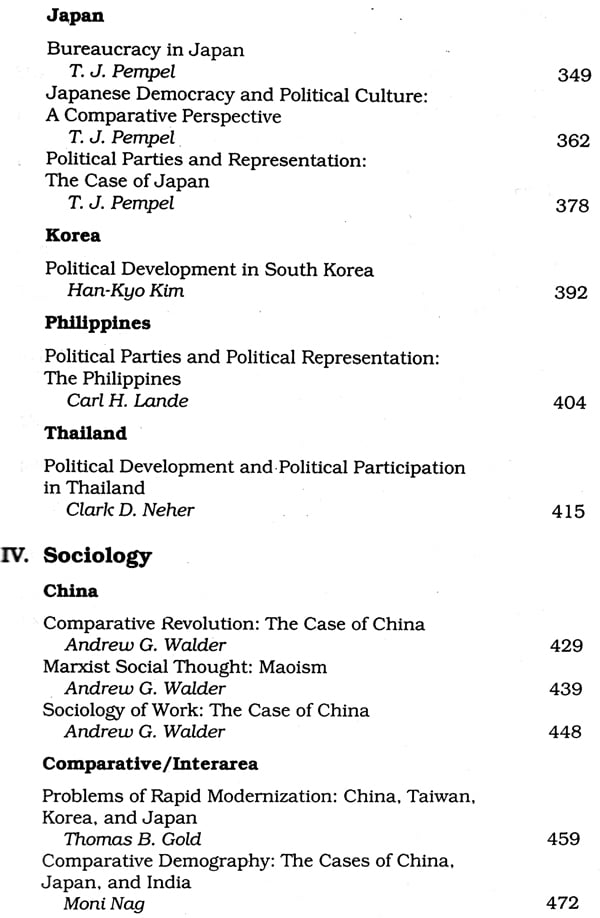
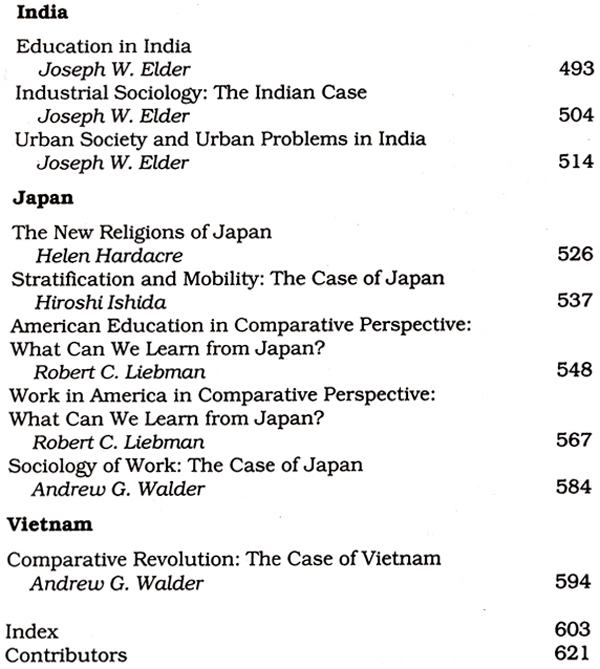
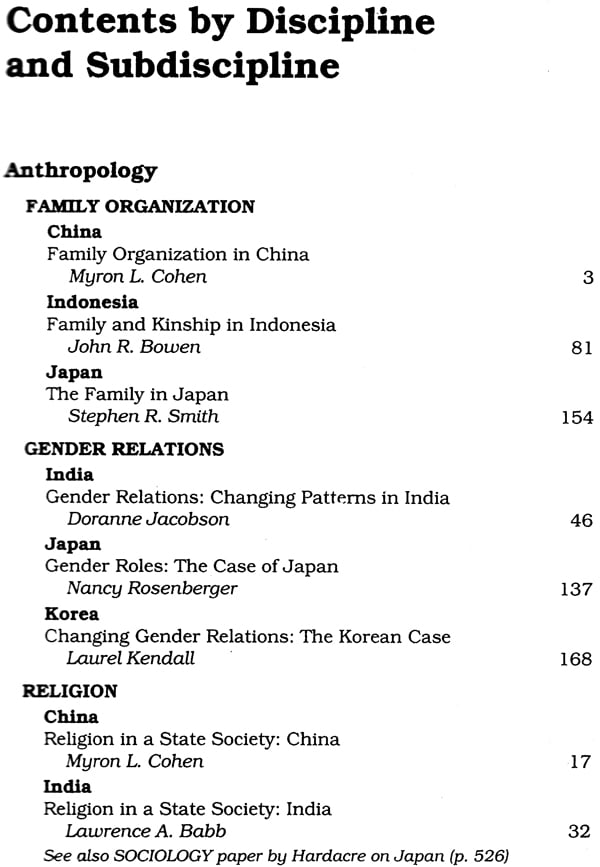
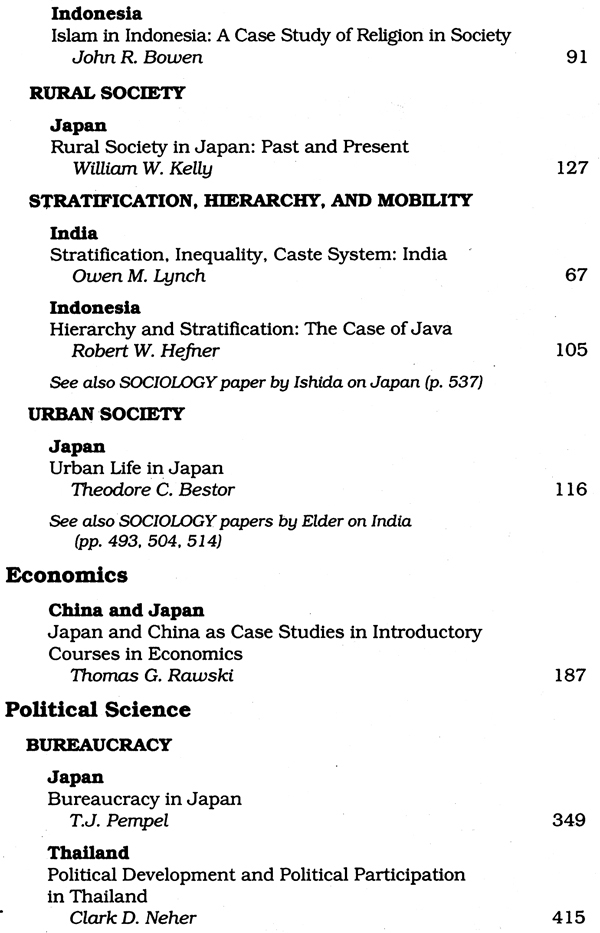
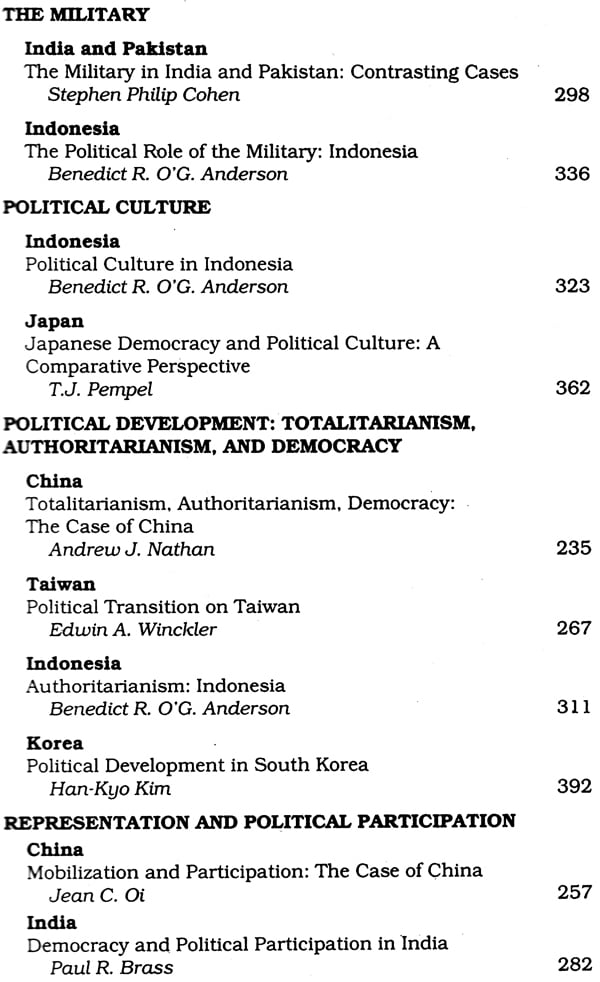
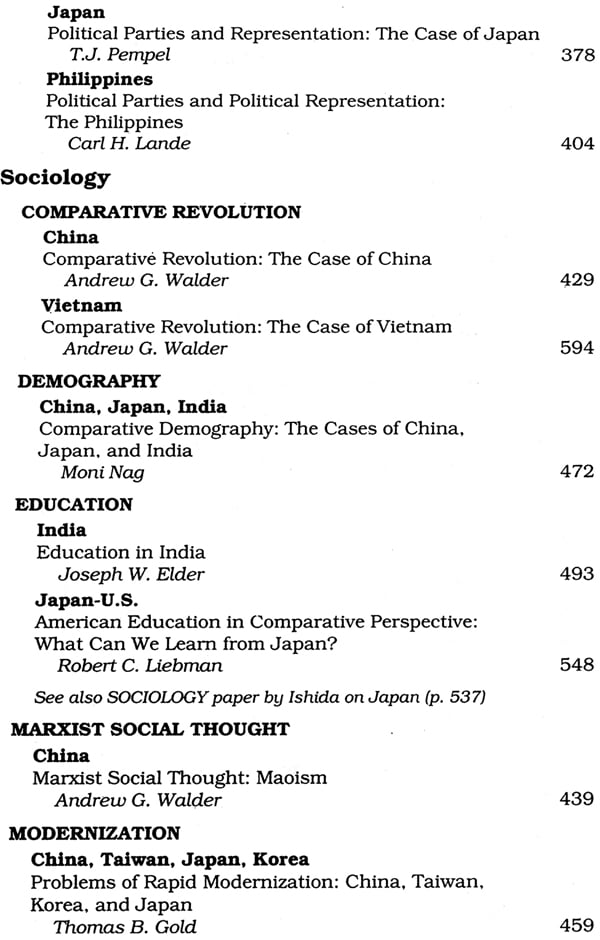
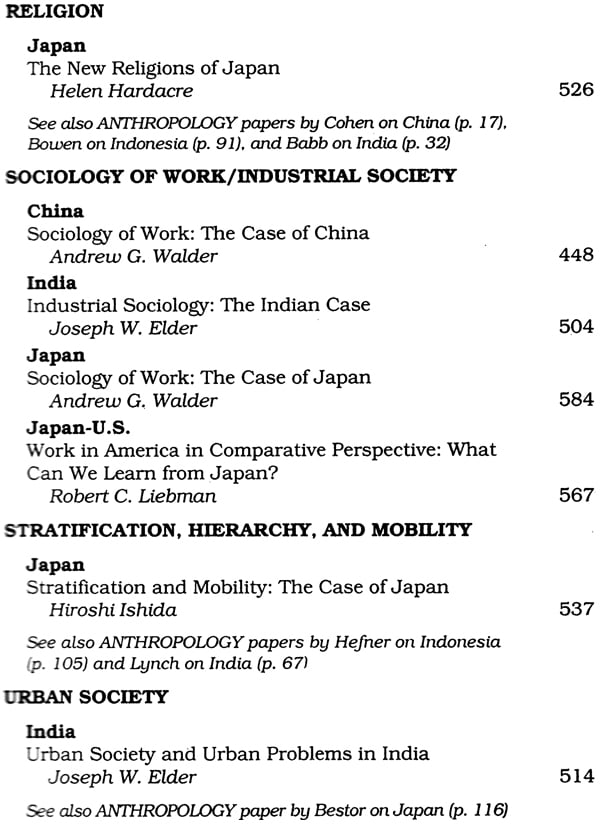
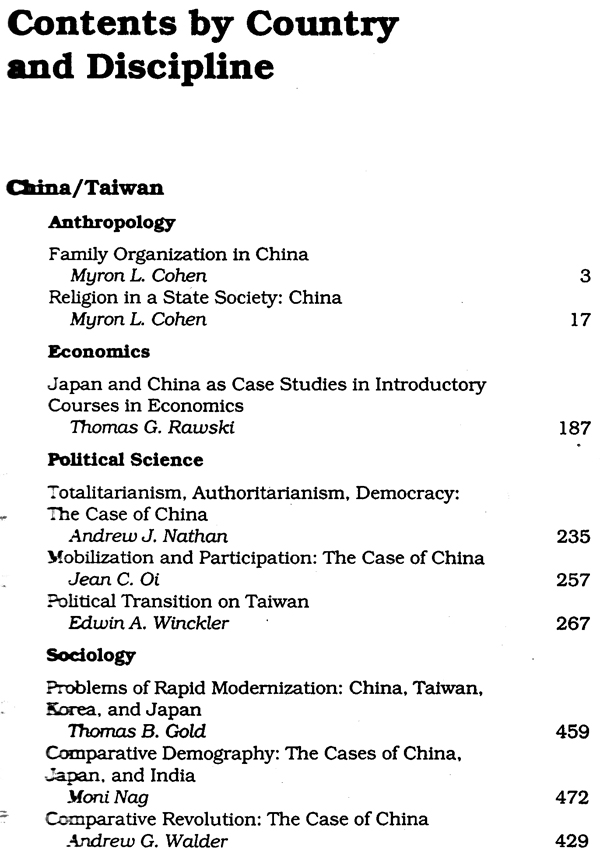


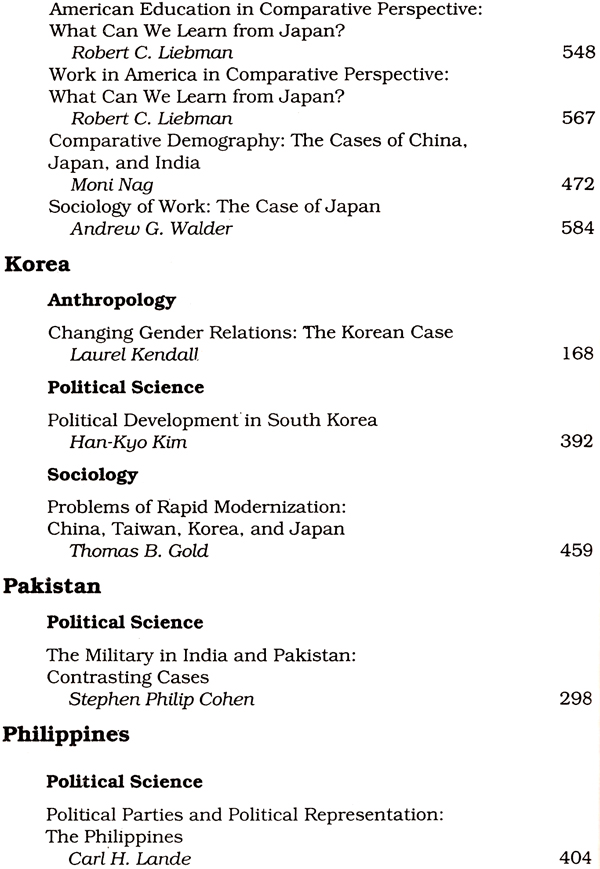

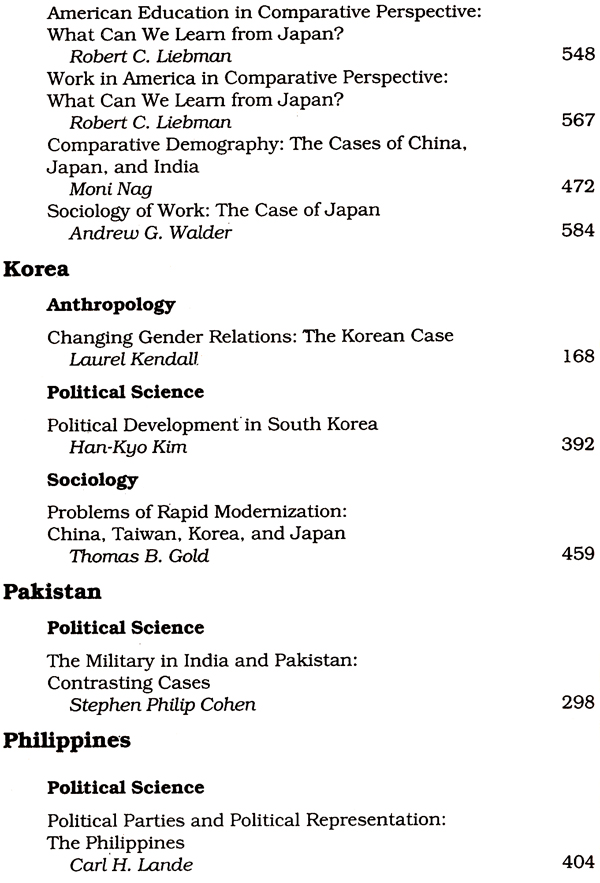
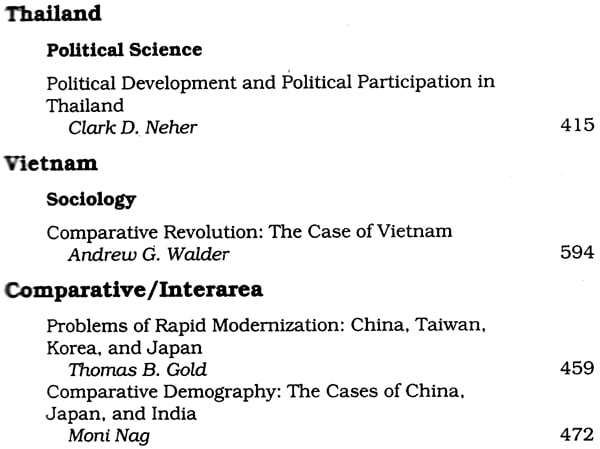
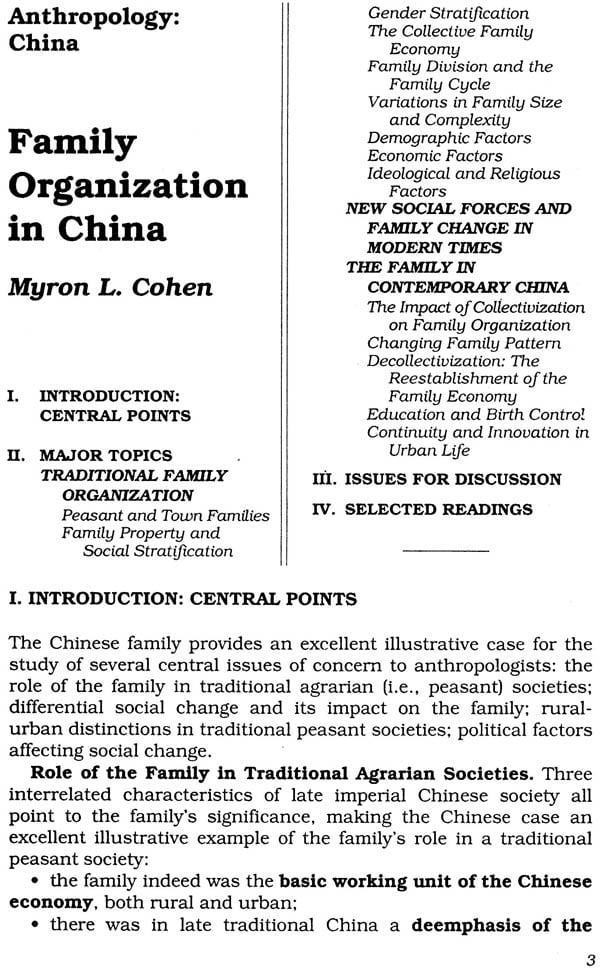


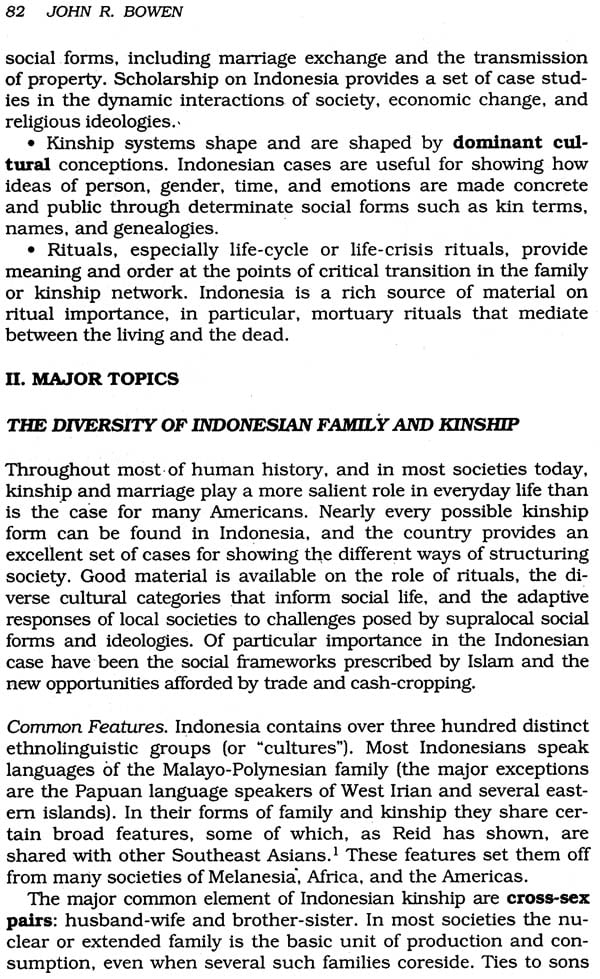

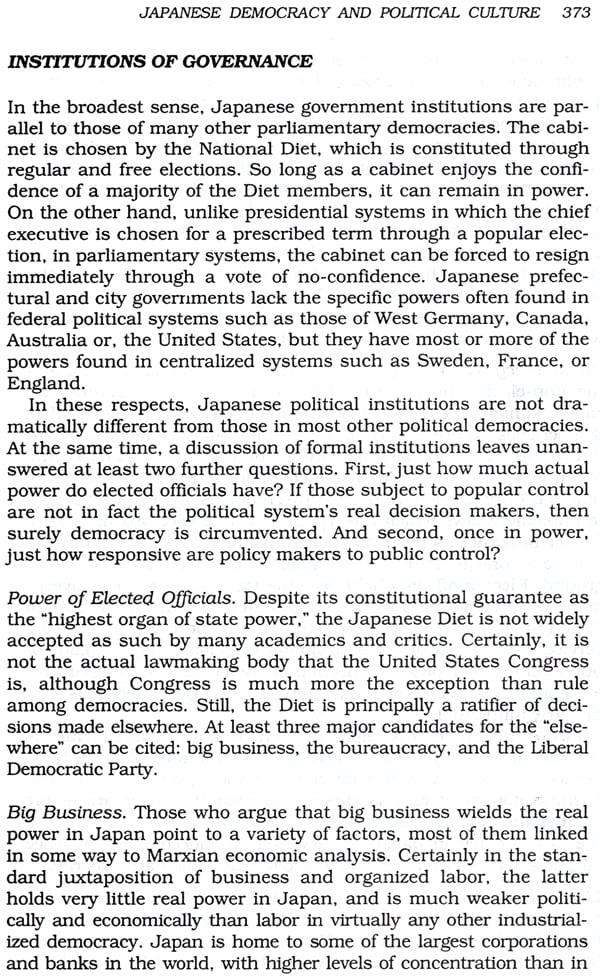


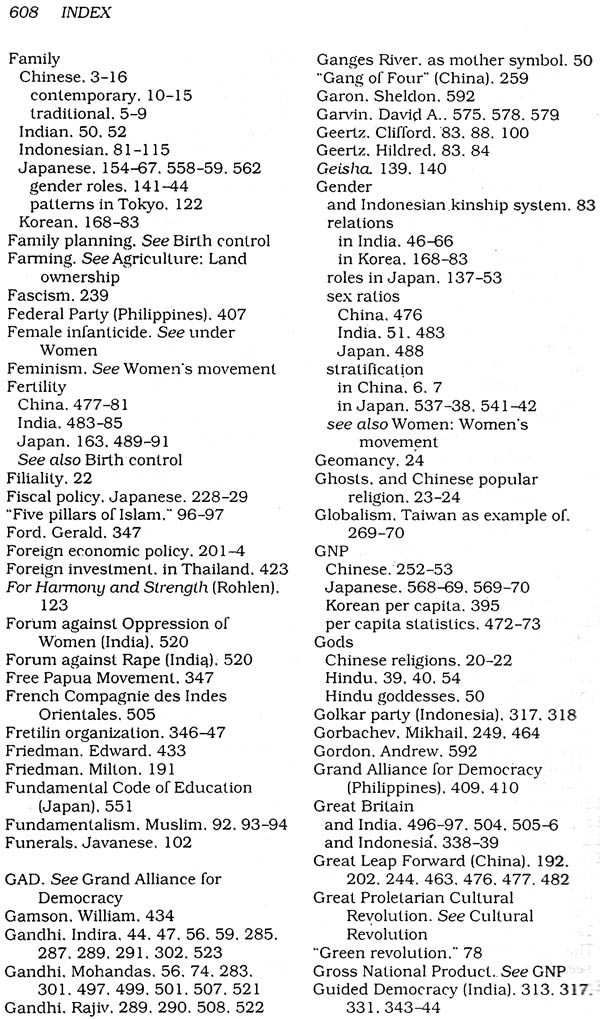



Sample Pages




























Delivery and Shipping Policy
- INTERNATIONAL SHIPPING
- Rs.1000-1100/kg
- ESTD. Delivery Time: 2-3 weeks (depending on location)
- Bubble Wrapped with Extra Padding
- NATIONAL SHIPPING
- NCR: Rs. 30/half kg
- Standard: Rs. 80/half kg
- Express shipments also available on Request
- ESTD. Delivery Time: Ranging from 1-4 days up to 7 business days (Depending on your choice of Delivery)
- TRACKING
- All orders; national or international, will be provided with a Tracking ID to check the status of their respective orders
- Depending on the Shipping Service, Tracking ID may be used on their respective tracking portals
Frequently Asked Questions (FAQs)
Domestic Shipping: 3-4 Days (after shipping)
International Shipping: 1-2 weeks (based on your location)
You will receive an email once your order has been shipped or you can email us if you didn't receive tracking details (info@mlbd.co.in)
Every book that we sell is the latest edition except all the rare books
Yes, we do provide free shipping, only on domestic orders (within India) above Rs.1500
Translation missing: en.general.search.loading


